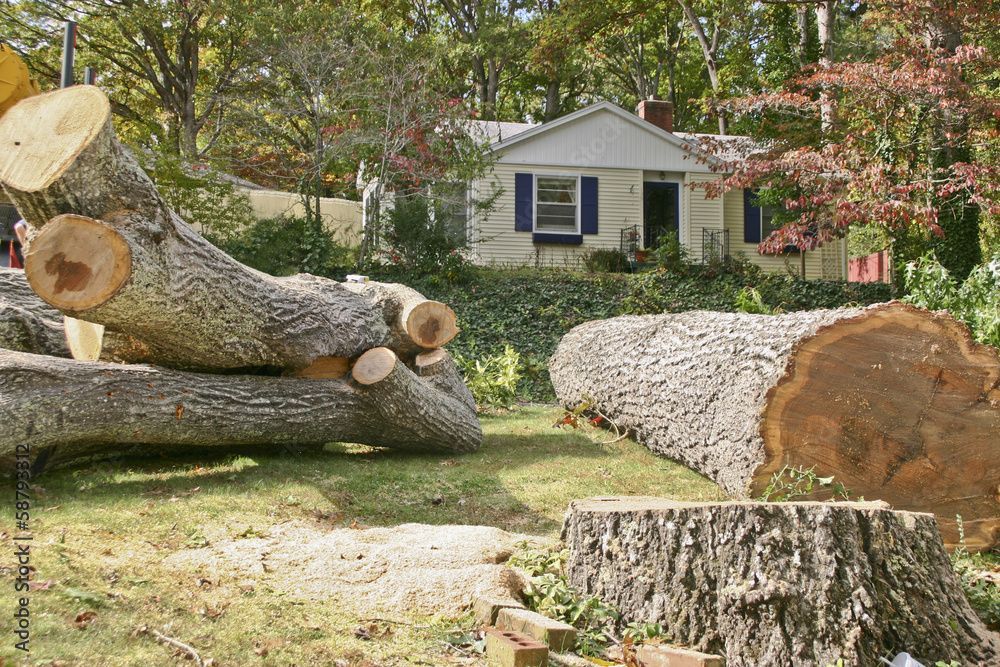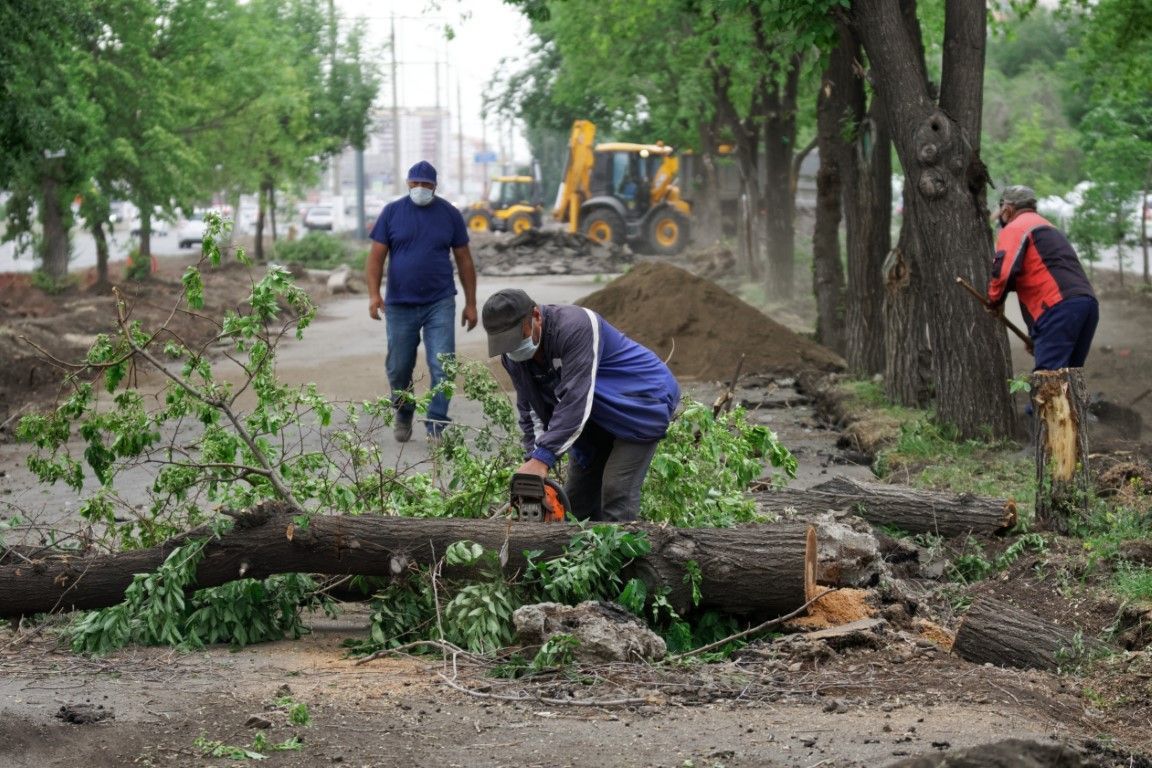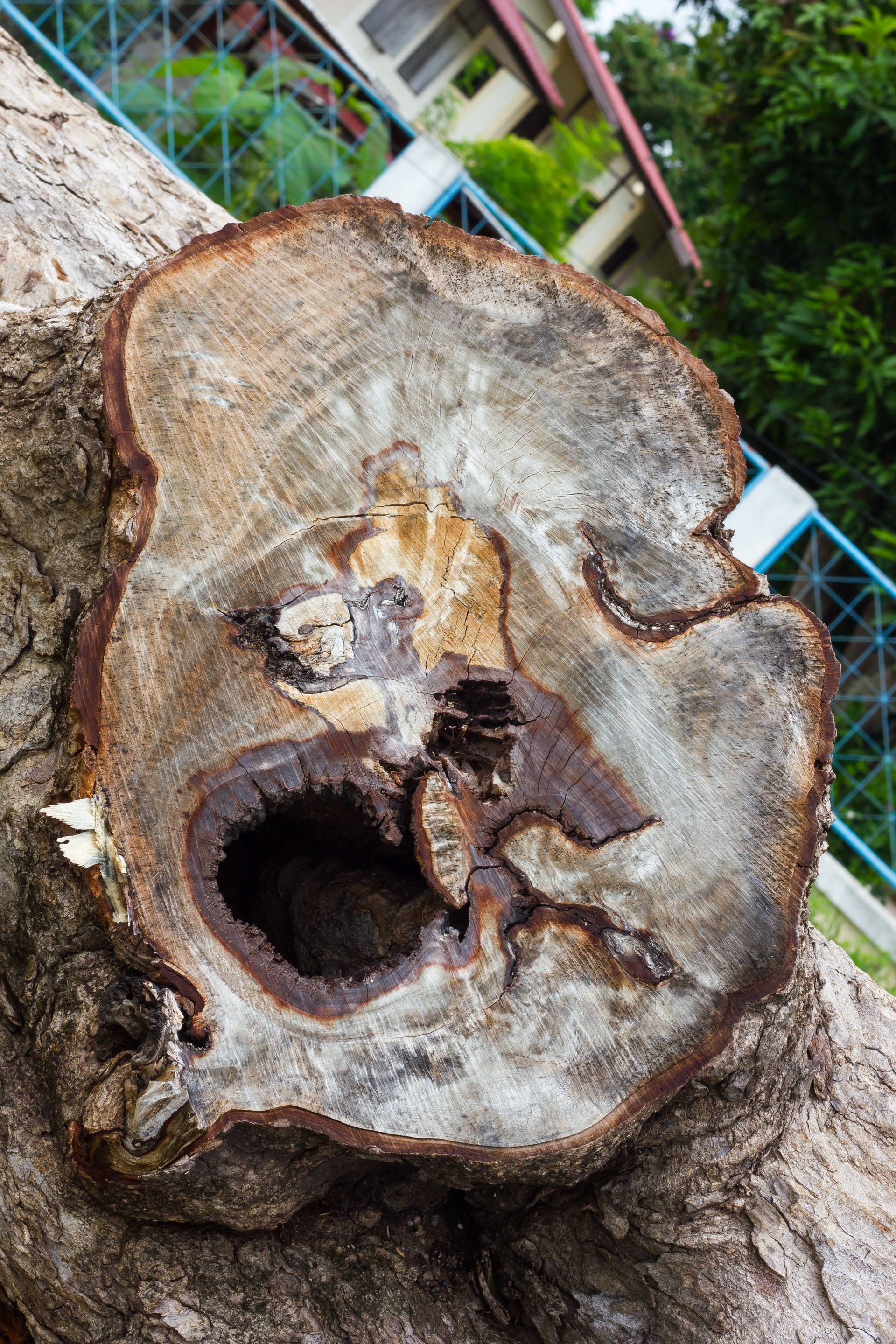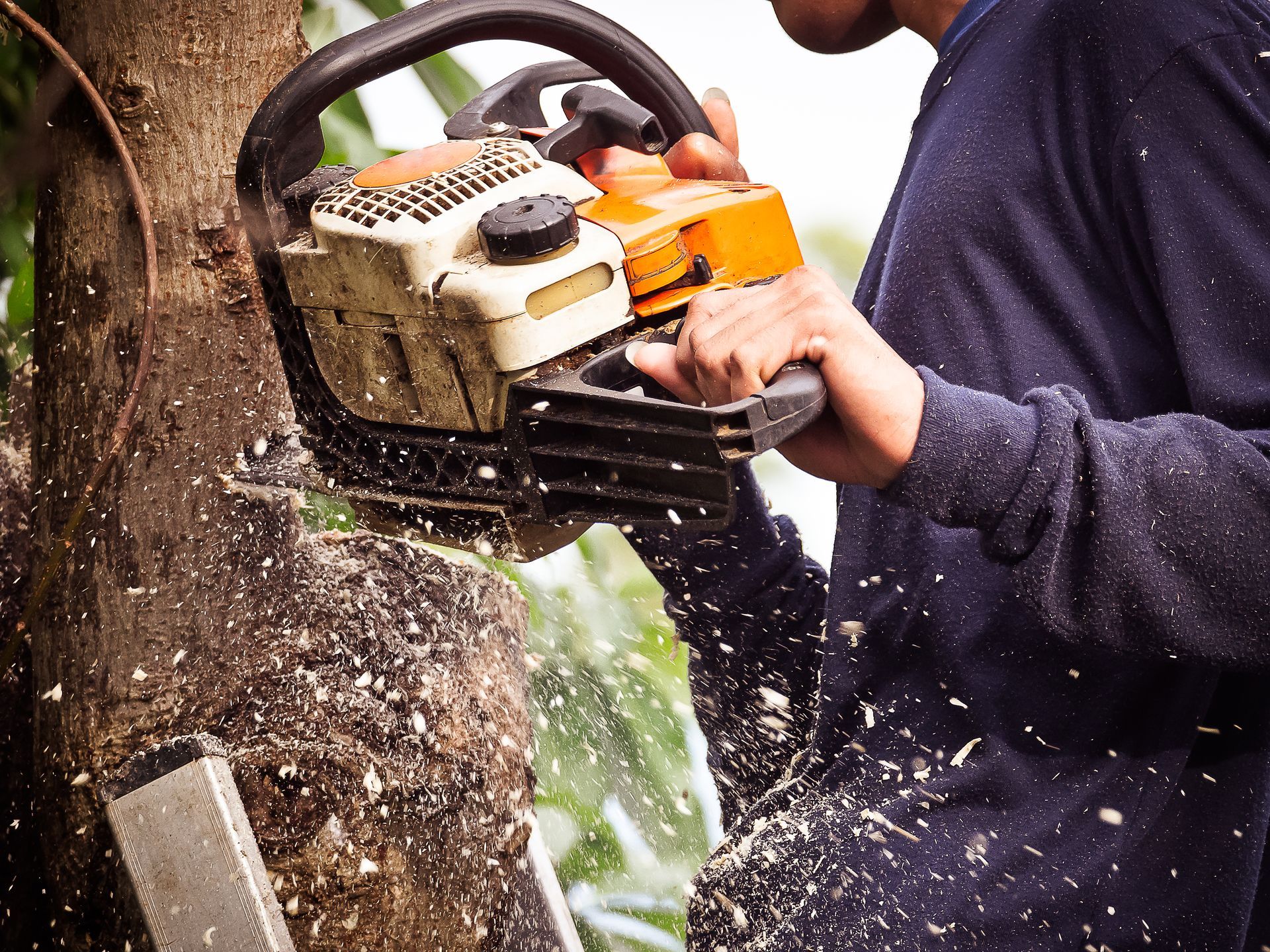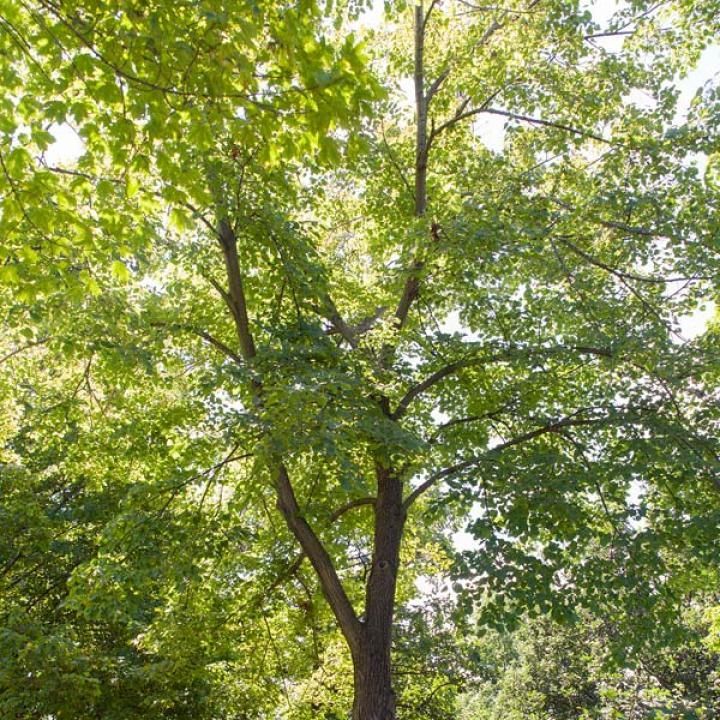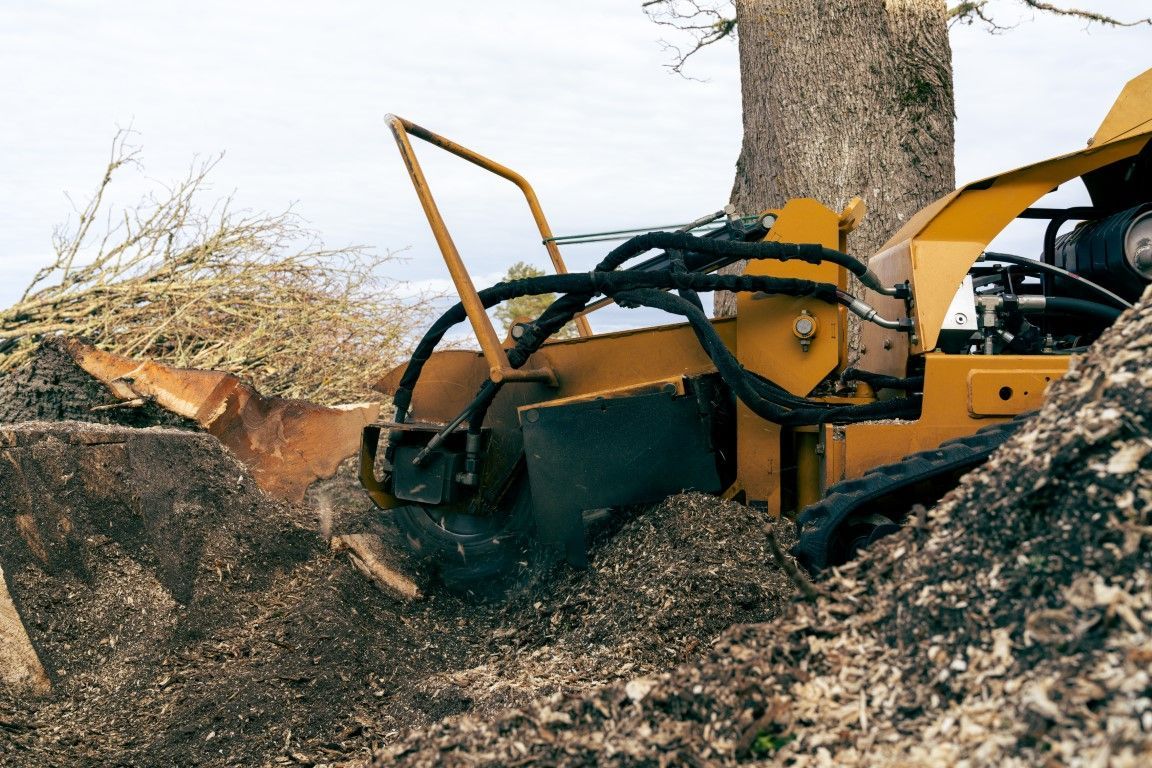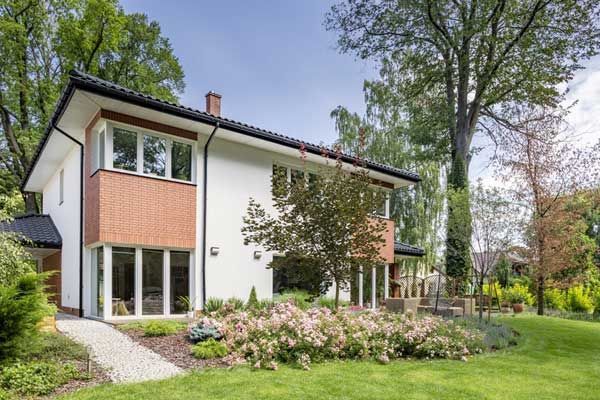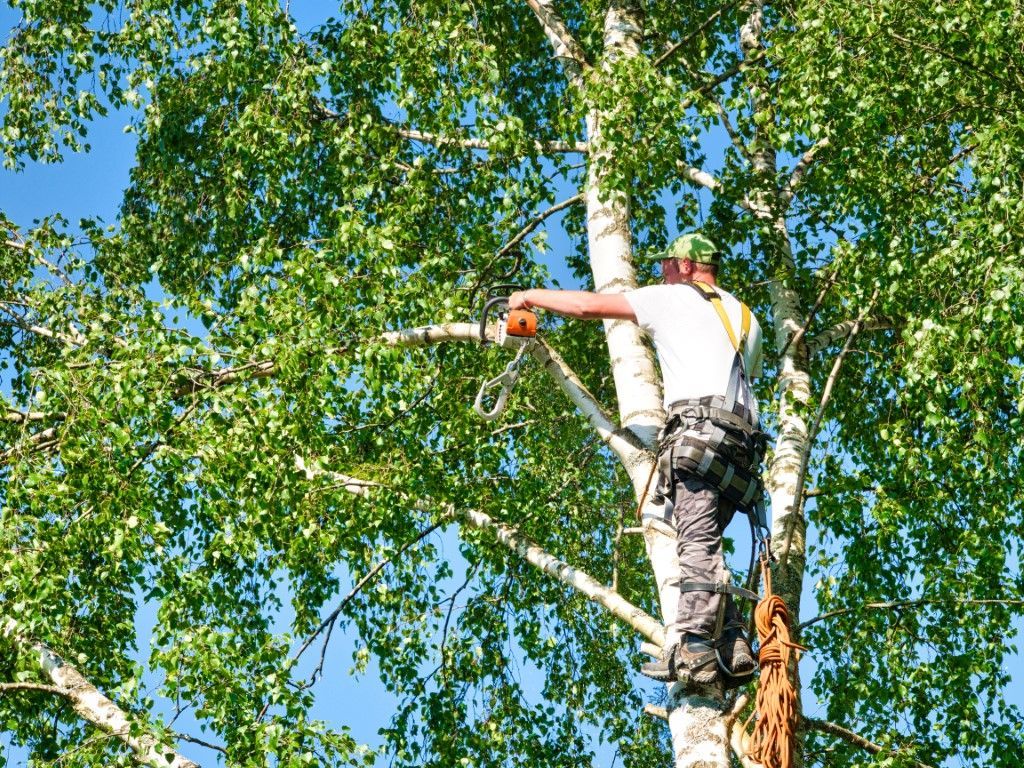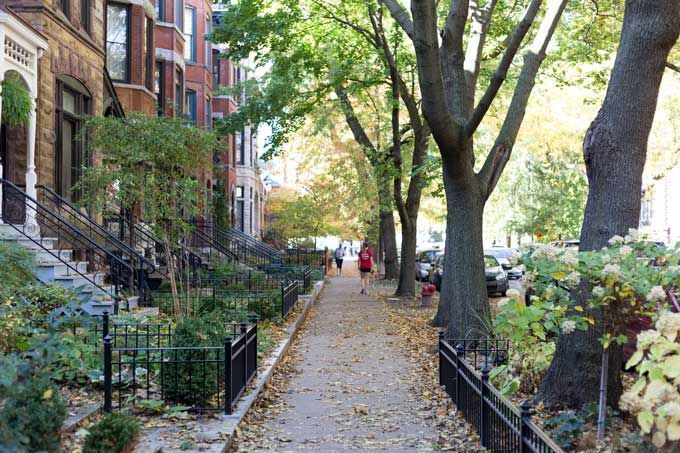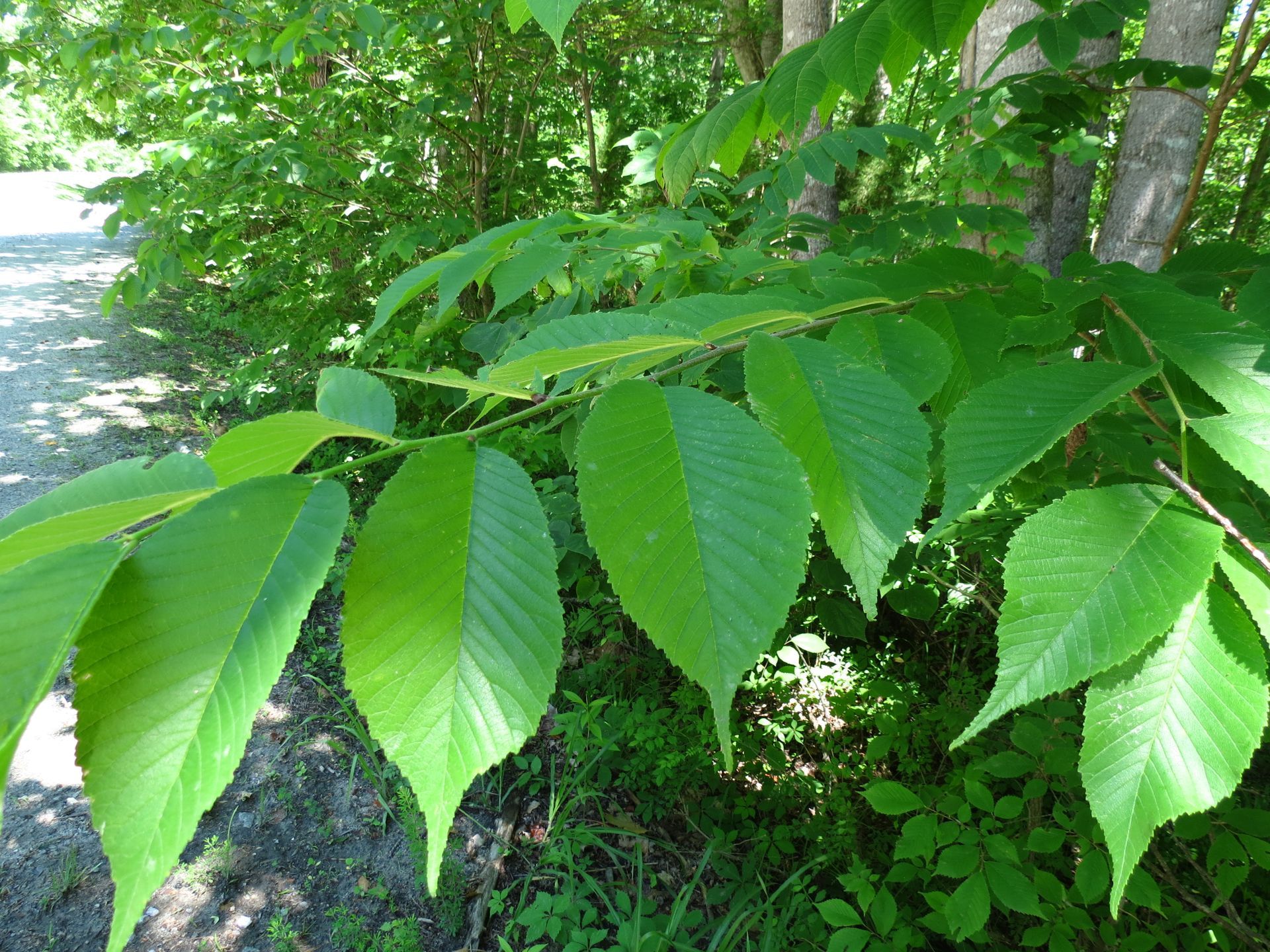How to Tell if a Tree is Dying?
Recognizing Signs of a Dying Tree and How to Respond
Introduction:
Trees are a crucial component of our ecosystem, providing numerous benefits such as shade, beauty, and oxygen. However, trees, like all living organisms, can become diseased or stressed, leading to their decline. It's important to be able to recognize the signs of a dying tree early to take appropriate action. This article will explore common indicators of a dying tree and provide advice on how to address these issues.
Signs of a Dying Tree:
Leaf Discoloration:
One of the earliest signs of a tree in distress is a change in leaf color. Look for leaves that are yellowing, browning, or wilting, especially if it's not the tree's natural seasonal change.
Thinning Canopy:
A canopy that is thinning, with fewer leaves than usual, is another sign of a tree's decline. This can be caused by various factors, including disease, pests, or root damage.
Trunk Cracks or Cankers:
Inspect the trunk for cracks, splits, or areas of dead bark, known as cankers. These can indicate disease or other health issues affecting the tree.
Fungus Growth:
The presence of mushrooms or other fungi at the base of the tree or on the trunk can indicate internal decay, which is a serious issue that can lead to the tree's death.
Dead Branches:
Dead branches, particularly those in the upper canopy, are clear indicators of a dying tree. These branches not only detract from the tree's appearance but also pose a safety hazard if they fall.
Root Damage:
Damage to the tree's roots, whether from construction, soil compaction, or other factors, can contribute to its decline. Look for signs such as heaving soil or exposed roots.
Pest Infestations:
An increase in pest activity, such as boring insects or woodpecker damage, can signal a tree's declining health. These pests often target weakened or dying trees.
How to Address a Dying Tree:
Consult an Arborist:
If you suspect your tree is dying, it's important to consult with a certified arborist or tree care professional. They can assess the tree's health and recommend the best course of action.
Pruning:
Pruning dead or diseased branches can improve the tree's health and appearance. However, it's essential to hire a professional to avoid causing further damage.
Soil Improvement:
Improving the soil around the tree through aeration, mulching, or fertilizing can help reduce stress on the tree and promote healthy growth.
Pest Management:
If pests are the cause of the tree's decline, appropriate pest management measures may be necessary to protect the tree.
Recognizing the signs of a dying tree is essential for preserving the beauty and health of your landscape. By being vigilant and taking prompt action, you can help ensure the longevity of your trees for years to come.
